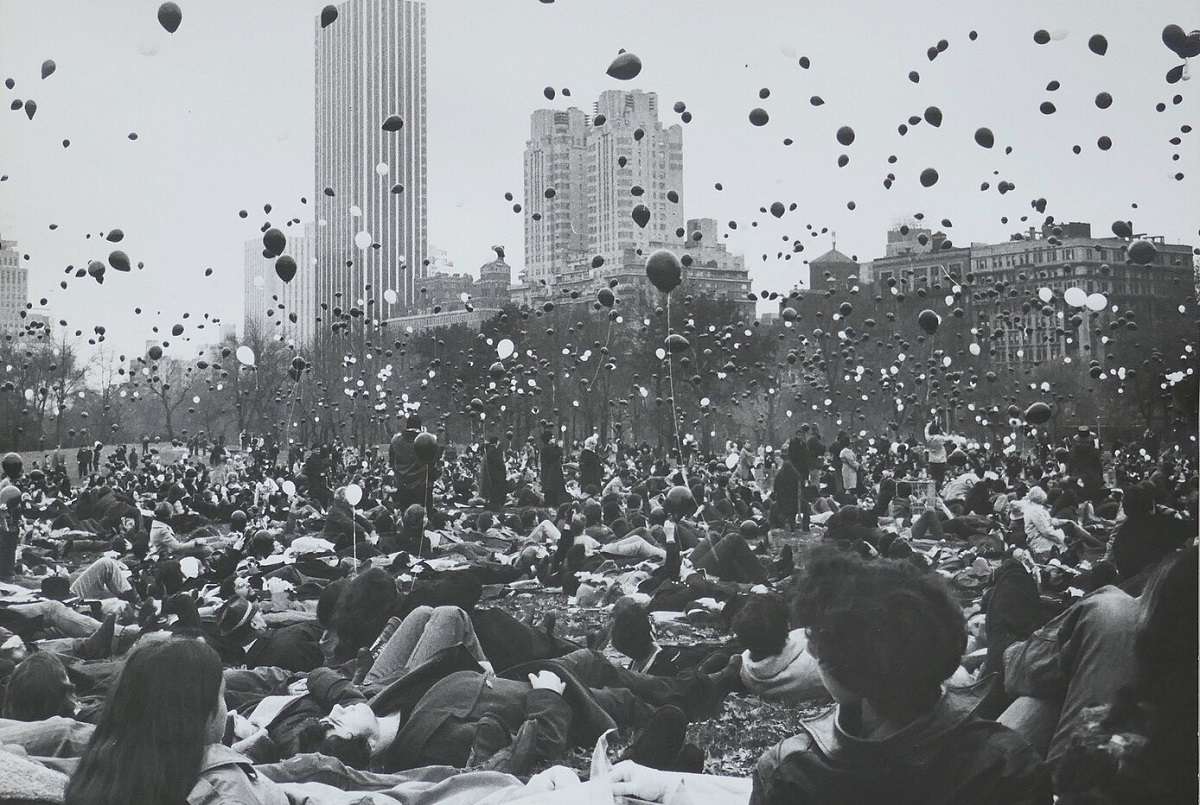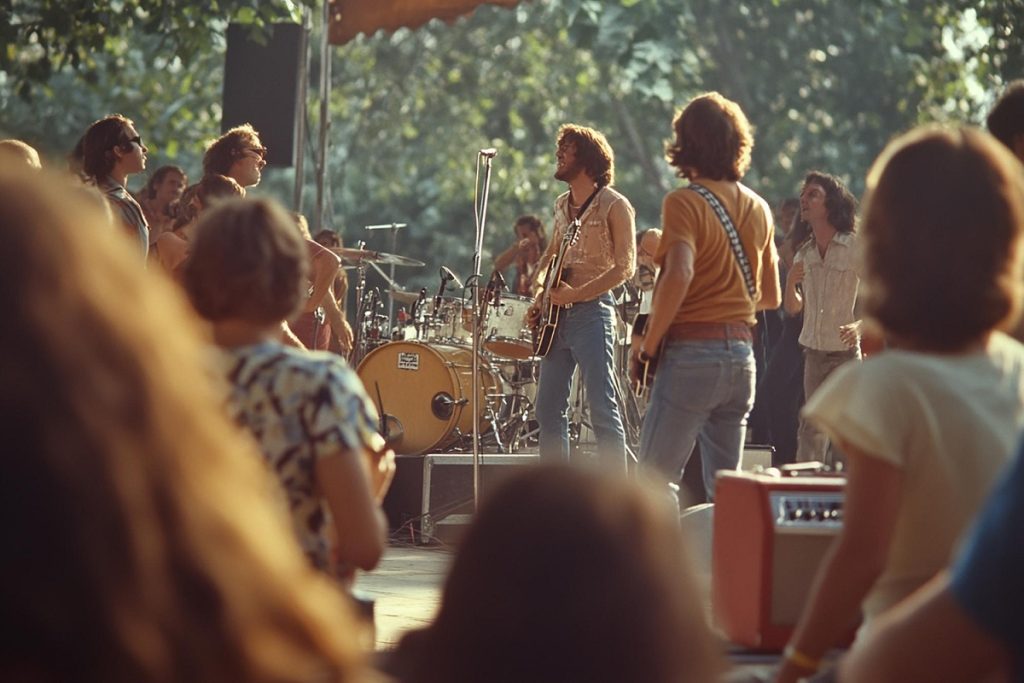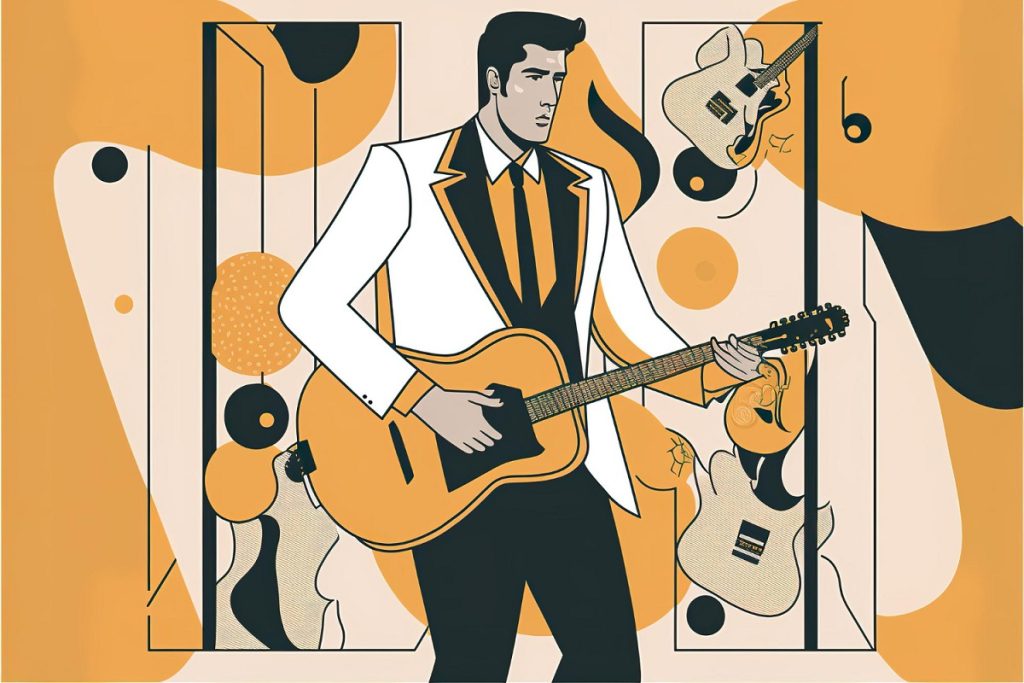The power of music to influence societal change is undeniable, and during the tumultuous years of the Vietnam War, protest songs became a resonant voice against conflict and injustice.
This era of music not only provided a soundtrack to resistance but also influenced public opinion and policy. Here, we explore the profound impact of key songs and artists from that time and their lasting significance.
Iconic anthems of resistance and their creators
Crosby, Stills, Nash & Young – “Ohio”
“Ohio,” penned by Neil Young and performed by Crosby, Stills, Nash & Young, is a raw outpour of emotion triggered by the Kent State shootings in May 1970, where four students were killed during a protest.
The immediacy and stark lyricism of the song—”Tin soldiers and Nixon coming, we’re finally on our own”—captured the nation’s shock and drew direct lines between youth activism and governmental aggression.
Bob Dylan – “Blowin’ in the Wind”
Bob Dylan’s “Blowin’ in the Wind” remains one of the most poignant, enigmatic protest anthems of all time. Released in 1963, its questioning of war, peace, and freedom encapsulates the spirit of social change.
Dylan’s song became an anthem for the civil rights movement and was powerfully linked to the anti-war movement, illustrating the crossover of civil and social unrest during the era.
Marvin Gaye – “What’s Going On”
Marvin Gaye’s 1971 album, What’s Going On, represents a pivotal moment in music history, where songs mirrored the introspective and plaintive mood of the nation.
The title track, inspired by police brutality and social strife, speaks directly to the war’s impact on American communities, facilitating a broader conversation about race, equality, and justice.
Buffalo Springfield – “For What It’s Worth”
Although not originally intended as an anti-war song, Buffalo Springfield’s “For What It’s Worth,” written by Stephen Stills, quickly became an emblematic anthem of the 60s resistance movements.
The song encapsulates the paranoia and frustration of a generation summed up by the line, “There’s something happening here, what it is ain’t exactly clear.”
John Lennon – “Imagine”
John Lennon’s 1971 song “Imagine” is possibly one of the most influential songs advocating for peace. Its simplistic, hopeful lyrical content—paired with a serene melody—calls for a world united, without the boundaries of possessions, countries, or religions, echoing the desires of the peace movements during and beyond the Vietnam War era.
The cultural and historical impact of Vietnam-era protest music
The soundtrack of dissent: The Vietnam War era was marked by an increasingly disillusioned American public, and the protest songs of the time played a critical role in articulating this disillusionment.
As the war escalated, so did the music’s intensity and its penetrating critique of U.S. involvement in Vietnam.
This period in music history not only reflected the nation’s conscience but helped shape the anti-war narrative that contributed to the eventual withdrawal of U.S. troops in 1973.
Anecdotes and lesser-known facts
A surprising revelation involves the initial reception to some of these protest songs.
For example, “Ohio” was banned from several radio stations due to its explicit condemnation of President Nixon, which only fueled its underground circulation and importance as a protest anthem.
Such acts of restraint showcased the divide between mainstream culture and the growing counterculture which the music of this era often spoke to and inspired.
In examining the lasting relevance of this transformative era in music, it is evident that the Vietnam War protest songs transcended their immediate context to become timeless calls to action against injustice.
They remind current and future generations of the power of voices united in song and the enduring need to question and challenge societal and global issues.
In essence, these protest songs fostered a community of thoughtful dissent, empowered voices in a democracy, and left a musical legacy that continues to inspire activists and artists around the world.






